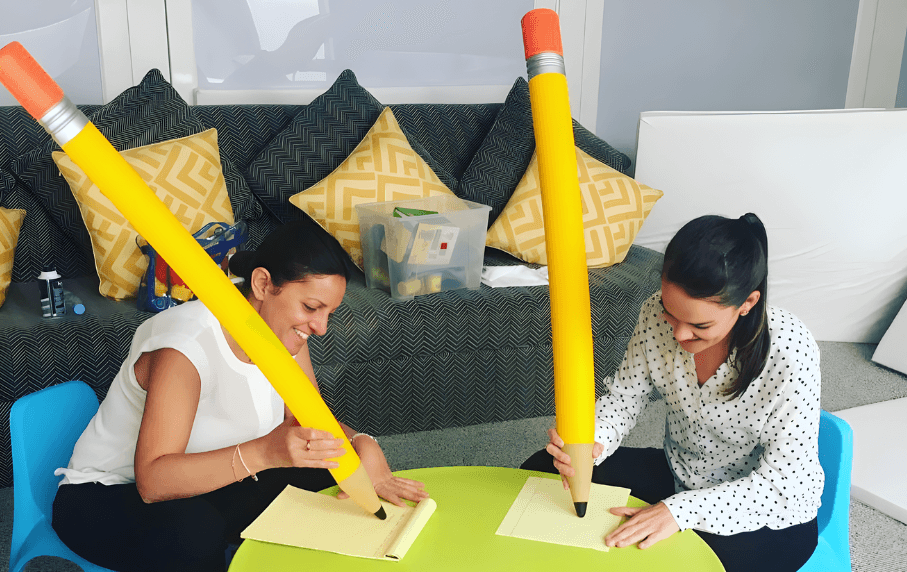
As mentioned in a previous post, Providing Structure is Critical, when teaching even the most basic skills and habits to children; but this is especially true for children with special needs. By putting in place a clearly defined process for even simple tasks, like these tips for toilet training, your child will be able to more easily understand what is required and is far more likely to develop good habits for following through.
Even something as straightforward as going to the toilet requires a clearly defined process to make it easier for your child to learn this important routine.
Toilet training is a major milestone for all children, as it implies the transition from Little Kid to Big Kid status for them. Your goal, of course, is to ensure that “potty training” is handled as smoothly and simply as possible, and to develop it into a habit that requires little thought or effort; a completely natural act that will soon become “no big deal.”
To set your child up for success toilet training, parents and care givers should be involved, and both should know the plan and the expected routine ahead of time… Basically, parent training for toilet training. It may be helpful to also include older siblings, if possible, as well as any other caregivers who may be regularly involved with your child.
While toilet training is one of the most basic tasks you can teach your child, it can be very serious business for a child with special needs. With that in mind, you should take the time and make the effort to ensure the training goes as smoothly as possible.
The simple visual training schedule below can be used to help your child understand the steps that they need to complete for going to the toilet. As they become more independent and older, the pictures can act as a reminder which they can follow through on their own.

Be ready and make toilet training as fun as possible – If possible, let your child choose their potty seat, and make a fun trip to the store to choose it. Choose training pants in their favorite color and design and reinforce their sense of independence by using training pants they are able to slide down and up on their own.
Stay close to home, at first – Quick access to their potty seat will be important in the beginning, ensuring easy availability and familiarity with going potty. Stay home as much as possible at first, to make sure your child is comfortable, and make sure they know exactly where their potty seat is located.
Use rewards, consistently – Learning incentives are always helpful, though finding the perfect reward may be a challenge, depending on what motivates your child. Try to find something they see as special and use that as their reward. Visual reinforcement, such as the schedule above or a “star chart” or “happy face chart” may be the perfect reward system for a successful potty experience.
High praise leads to high performance – There will be challenges and mistakes made during early toilet training yet, praise for trying will often be as valuable for your child as a successful attempt. Always be as positive as possible, for both effort and for success. Avoid negativity at all costs and, if your child feels good about their training, they will soon catch on.
As mentioned many times before, patience and consistency are the keys to all training and teaching for children with special needs. Toilet training is no different. Keep the family involved, make is a simple and easy as you can, be positive and supportive, and always let your child know that everything you do for her or him comes from a place filed with love.
Also keep in mind that for some children with special needs it can take more time than typically developing children for them to be completely independent and to go to the bathroom on their own.